Lido community votes to bring stETH to Binance BNB Chain
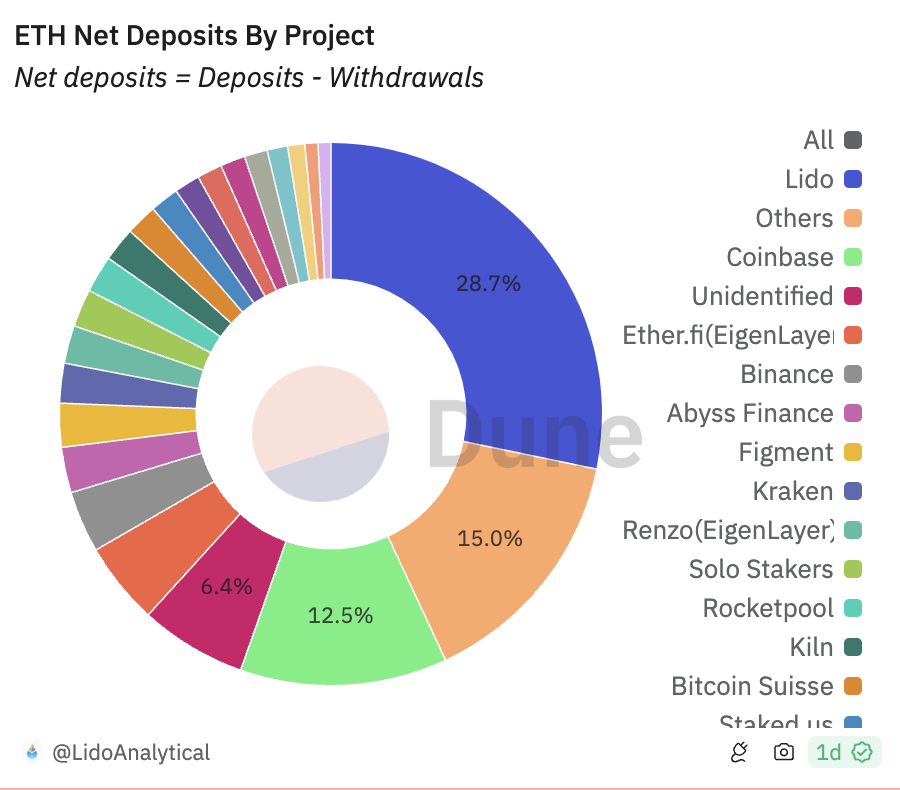
Lido Finance is the market leader in Ethereum staking, claiming 28.2% of net ETH deposits.

In an onchain vote completed on Aug. 9, the Lido community decentralized autonomous organization (DAO) approved the integrations of Axelar and Wormhole as the canonical solution to bridge Lido Staked ETH to the Binance BNB Chain.
According to the announcement, the bridge will allow $23 billion in total value-locked to interact with the BNB Chain, a top five chain measured by total value locked.
Lido explained that the introduction of bridging Lido Staked ETH (stETH) to the BNB Chain represents a significant milestone, marking the first time Lido has connected to a layer-1 blockchain protocol outside the Ethereum ecosystem.
Lido’s share of the staked Ether market
Although Lido’s share of the staked Ether market dipped below 30% earlier in 2024, the staking platform remains the dominant player by a wide margin, claiming 28.2% of net Ether (ETH) deposits across the staking market.
Related: Lido launches institutional-grade liquidity staking solution
Lido also reached one million validators in April 2024, driving a resurgence of decentralized finance and cementing staking as the biggest sector in DeFi.

According to data from DefiLlama, the total value locked (TVL) in the entire DeFi ecosystem is $83.4 billion, with Lido liquid staking accounting for $25.94 billion of the market’s TVL. This makes Lido the largest DeFi protocol by a significant margin, followed by EigenLayer, a restaking protocol, with $12.694 billion in TVL.
These two protocols were the primary drivers responsible for bringing the TVL in DeFi to approximately $100 billion in the first quarter of 2024, highlighting the popularity of Ethereum staking services.
The importance of liquid staking protocols
While traditional staking services require funds to be locked up for a specific period, preventing those funds from being traded or moved, liquid staking protocols allow investors to collect a yield for staking their digital assets while allowing users to freely move those assets.
In the case of Lido Finance, this works by users depositing the underlying asset into the liquid staking protocol. For example, ETH would be the underlying asset for stETH. Once deposited, a corresponding stETH token is generated, which accrues interest over time and can be sold or redeemed for the underlying asset at an approximate 1:1 ratio.

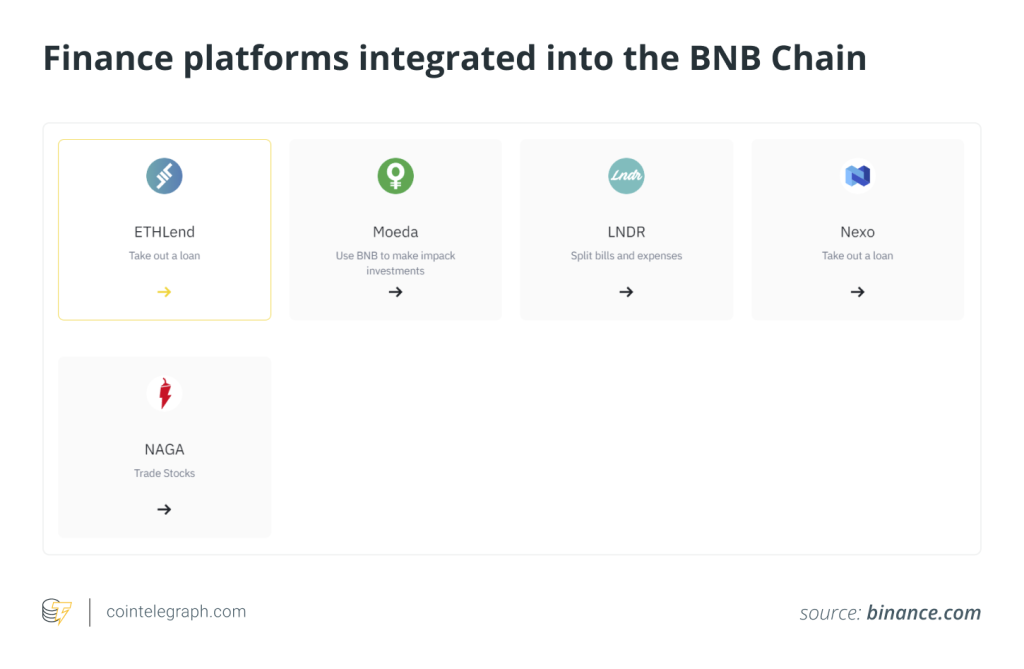
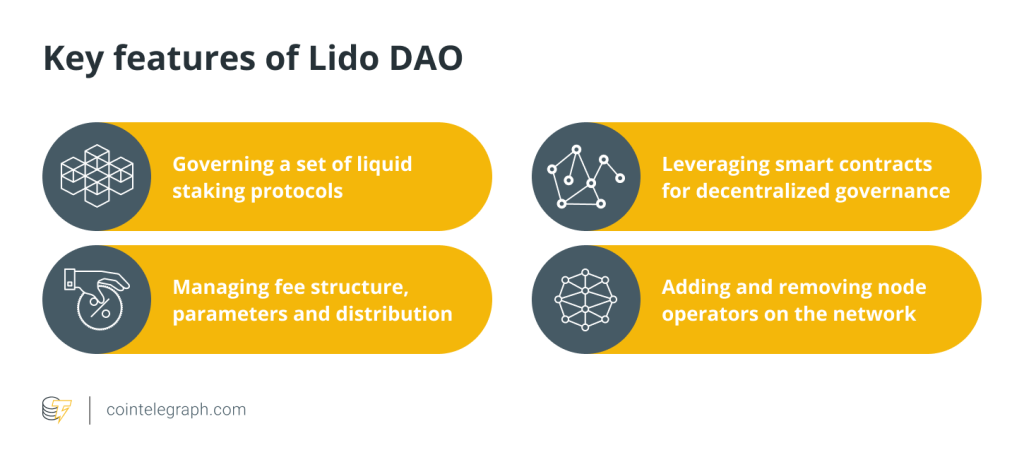
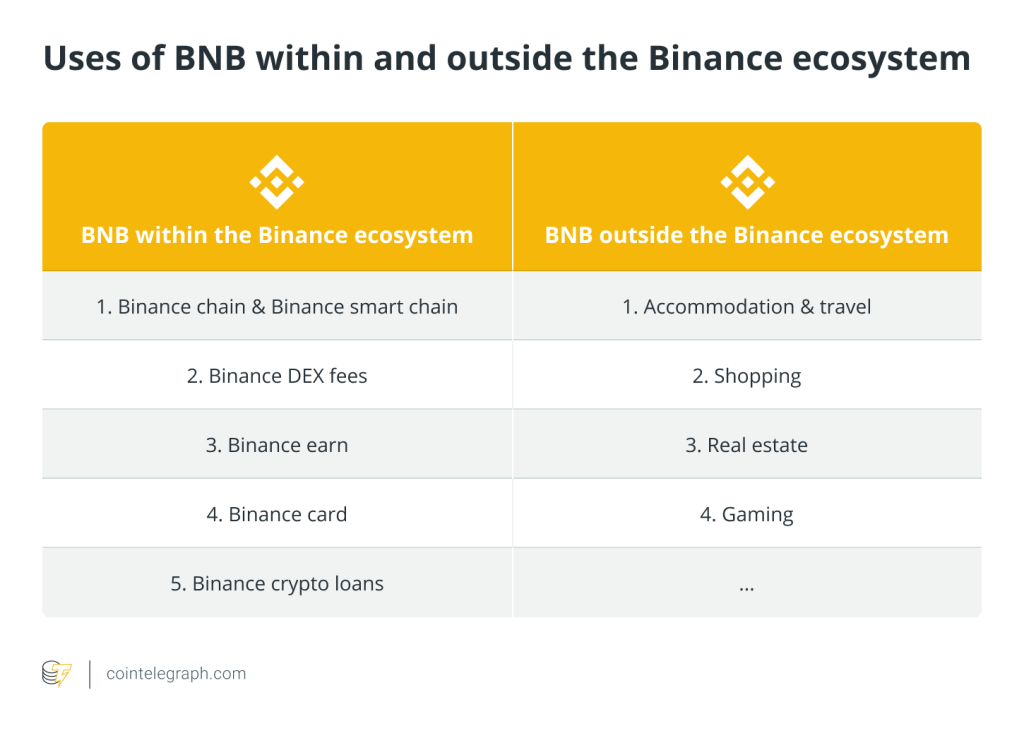
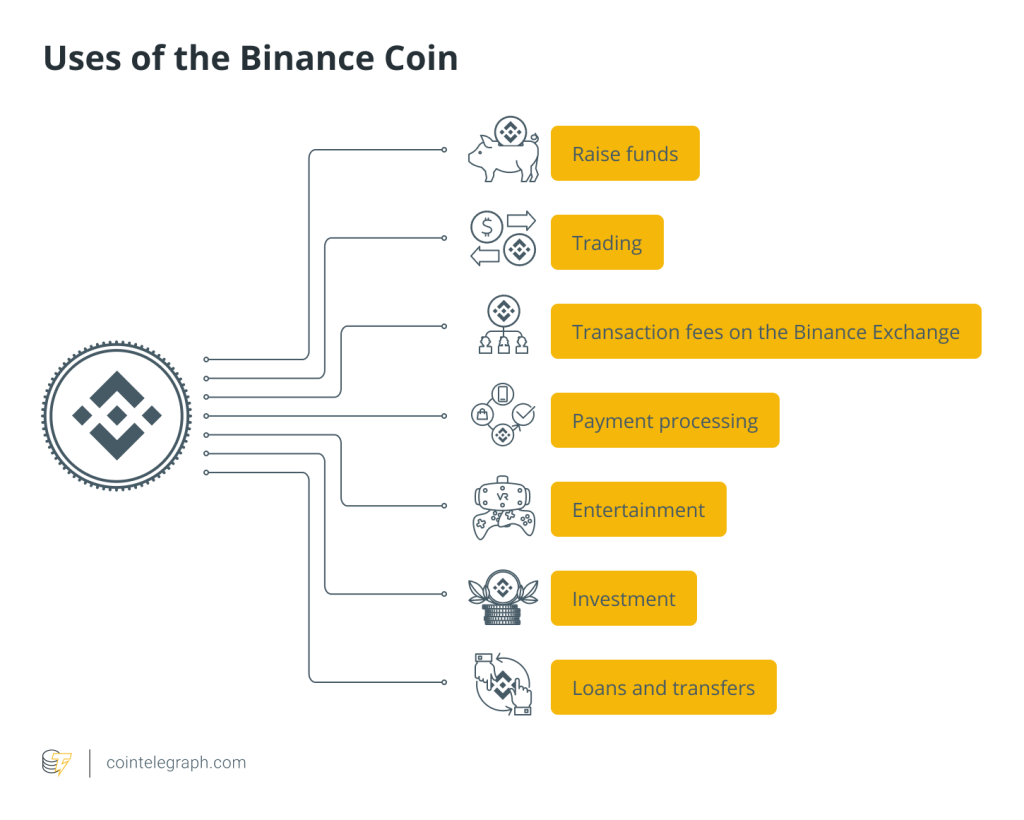
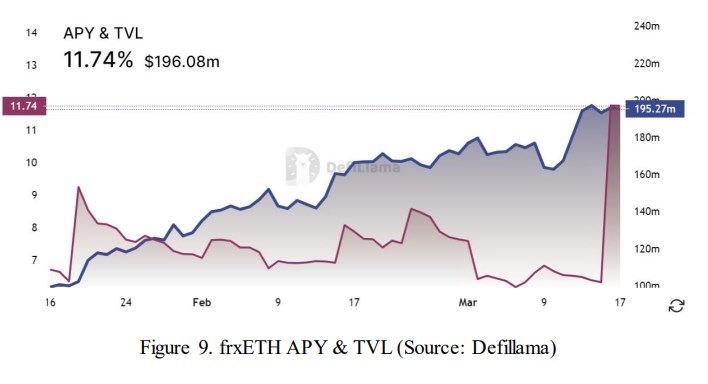
Responses